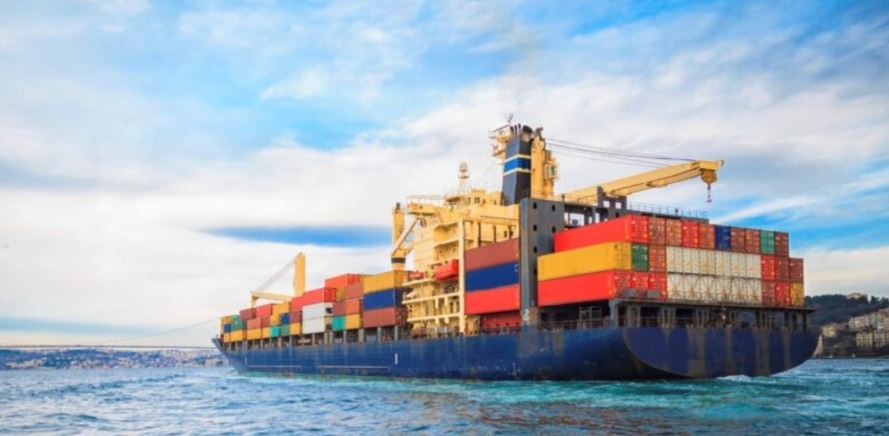In a world where everything moves—from raw materials to finished products, from ideas to entire industries—the cost of movement remains one of the most underappreciated aspects of modern commerce. While businesses focus on revenue, branding, and customer experience, the underlying expenses that make global trade possible often go unnoticed. One of the most crucial, yet often misunderstood, components in this process is freight charges.
But before diving into what they are and why they matter, let’s take a step back. Imagine a world without transportation—no bustling ports, no highways stretching beyond the horizon, no planes carrying goods across continents. How would commerce function? The reality is, no matter how technologically advanced society becomes, the movement of goods remains a fundamental pillar of global trade. And behind this movement lies an intricate web of costs, logistics, and hidden expenses.
The Invisible Costs of Moving Goods
When we think of transportation, we often visualize large cargo ships slicing through ocean waves, trucks roaring down interstates, and freight trains carrying containers stacked like toy blocks. However, the costs associated with moving goods go far beyond what meets the eye.
Freight charges are just one piece of the puzzle. The term itself refers to the cost incurred in transporting goods from one location to another, typically charged by a carrier (be it a trucking company, a shipping line, or an airline). However, behind this simple definition lies a multitude of factors that influence the final bill.
1. Distance: More Than Just Miles
At first glance, it seems logical that the farther the distance, the higher the freight charges. But it’s not just about mileage. The complexity of routes, geopolitical considerations, tolls, and the type of terrain can significantly affect costs. Transporting goods through mountainous regions or politically unstable areas can be much costlier than a straightforward route between two metropolitan hubs.
2. Mode of Transport: The Trade-Off Between Speed and Cost
Choosing how to move freight is not just a matter of preference but of efficiency. Air freight, for example, is the fastest method but comes with premium pricing, often making it feasible only for high-value or perishable goods. Sea freight, on the other hand, is significantly cheaper but much slower. Rail transport is often seen as a middle ground, while road transport offers the flexibility of door-to-door delivery. Each method comes with its unique set of freight charges influenced by fuel prices, operational costs, and regulatory fees.
3. Fuel and Environmental Impact
Fuel prices are perhaps the most volatile factor in determining freight charges. An increase in global oil prices has a ripple effect across transportation costs. Furthermore, the push towards greener logistics adds another layer of cost, as companies invest in fuel-efficient vehicles, electric trucks, and carbon offset programs.
4. Hidden Fees: The Silent Expense
Beyond the base transportation cost, there are numerous additional fees that businesses must account for:
- Customs Duties & Tariffs: Crossing international borders often means dealing with customs regulations, which can impose hefty charges.
- Warehousing & Storage Fees: If a shipment is delayed or storage is required at any point, additional costs arise.
- Handling Fees: Loading and unloading goods, especially in cases of special handling (fragile, hazardous, oversized cargo), can add extra charges.
- Insurance Costs: Freight insurance is essential, particularly for high-value goods, but adds another expense to the shipping process.
The Human Element in Freight Costs
One of the most overlooked aspects of freight charges is the human factor. Behind every shipment is an intricate system of planning, negotiation, and execution carried out by people—logistics managers, truck drivers, port operators, warehouse staff, and customs officials.
A delay in any part of this chain, whether due to human error or external circumstances like labor strikes, weather disruptions, or policy changes, can directly impact freight charges. For instance, port congestion can lead to demurrage fees, while a shortage of truck drivers can increase transportation rates due to higher demand for limited resources.
The Impact of Technology on Freight Charges
Technology is rapidly transforming the logistics industry, influencing the way freight charges are calculated and optimized. AI-driven route optimization, blockchain for transparent transactions, and IoT-powered tracking systems are helping businesses reduce inefficiencies.
Additionally, the rise of autonomous vehicles and drones may eventually revolutionize freight transport, potentially lowering costs while increasing efficiency. However, the initial investment in these technologies means that, for now, freight charges remain influenced by traditional factors.
The Ripple Effect: How Freight Charges Influence Everyday Life
Freight charges don’t just affect businesses; they have a direct impact on consumers. The cost of shipping influences the price of goods on supermarket shelves, the availability of products, and even inflation.
Consider a scenario where rising fuel costs increase freight charges. Retailers, in turn, adjust their pricing strategies, passing these costs onto consumers. Even e-commerce giants like Amazon and Walmart, despite their logistical advantages, incorporate freight costs into their pricing models. This means that everything from a simple cup of coffee to a high-end electronic gadget is influenced by freight expenses.
The Future of Freight Costs
While no one can predict the exact trajectory of freight charges, a few trends are shaping the future of logistics:
- Sustainability Initiatives: Governments and corporations are pushing for greener logistics, which may introduce carbon taxes but also encourage cost-saving innovations.
- Supply Chain Resilience: The lessons from global disruptions (such as the COVID-19 pandemic) have prompted businesses to diversify suppliers and transportation modes, potentially affecting pricing models.
- Digitization & Automation: As digital tools improve efficiency, the cost of logistics may decrease over time. However, this transition period may see fluctuating freight charges due to investments in new technology.
Conclusion
Freight charges may seem like just another line item on an invoice, but in reality, they reflect a dynamic and intricate world of movement, strategy, and economics. They represent more than just the cost of transportation—they encapsulate the challenges of globalization, the impact of fuel prices, and the ever-evolving nature of logistics.
The next time you receive a package, pick up a product from a store shelf, or order something online, take a moment to consider the hidden world behind its journey. The cost of movement is not just a business expense—it’s a fundamental element that connects economies, businesses, and consumers across the world.


